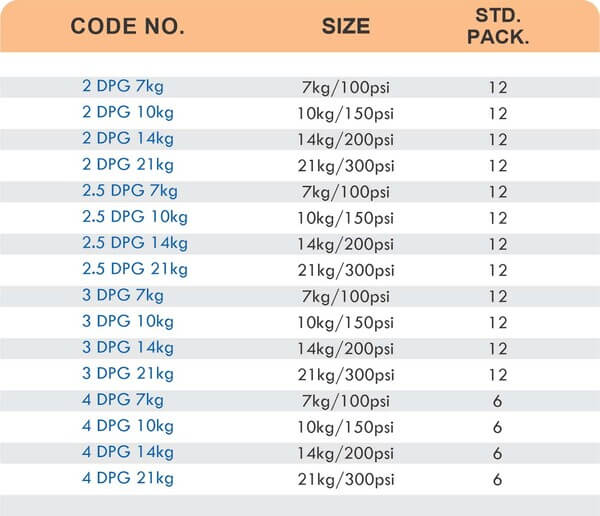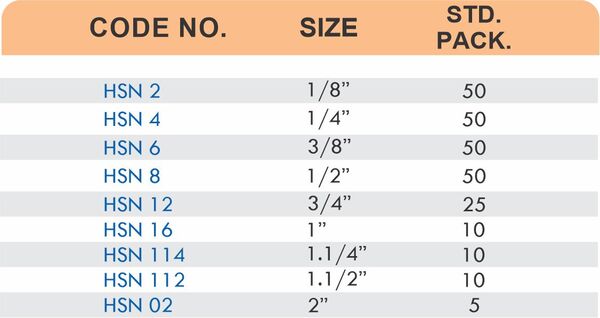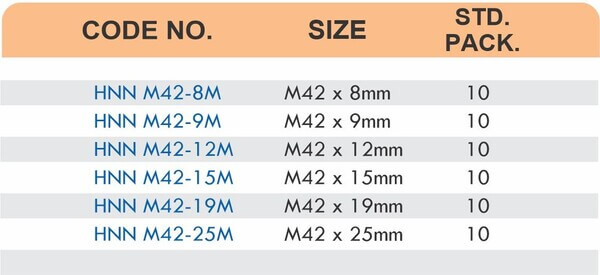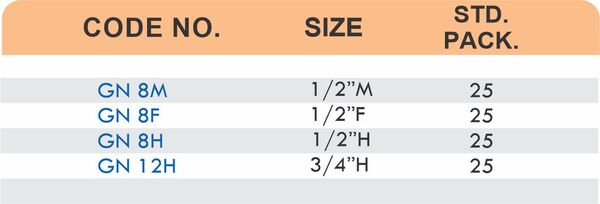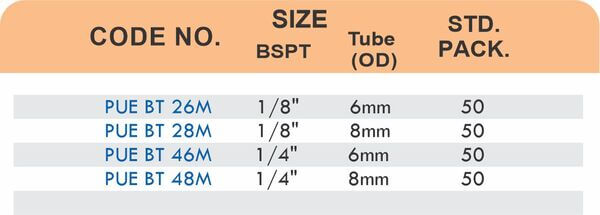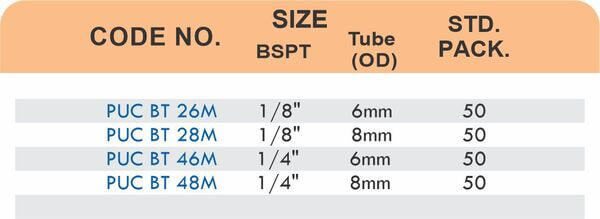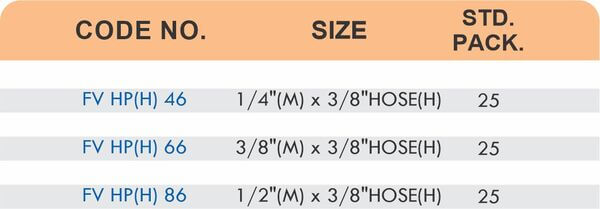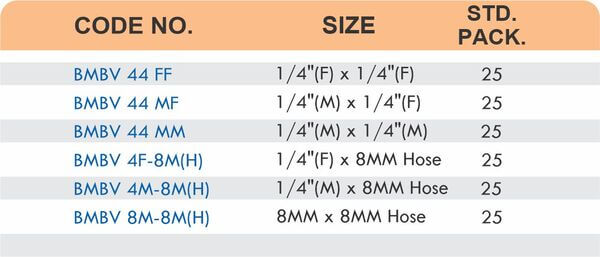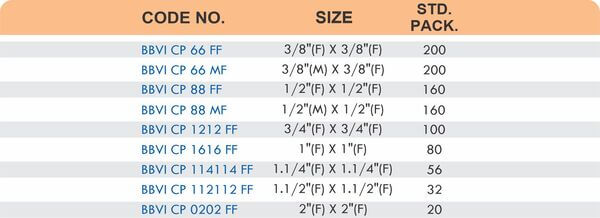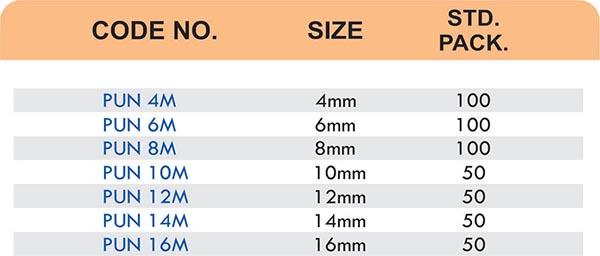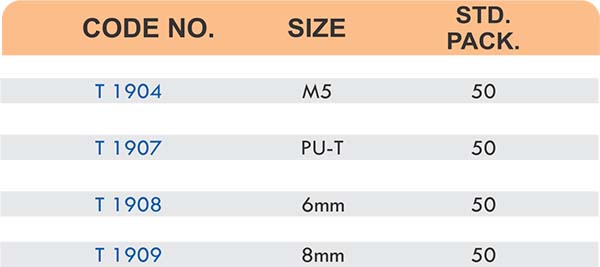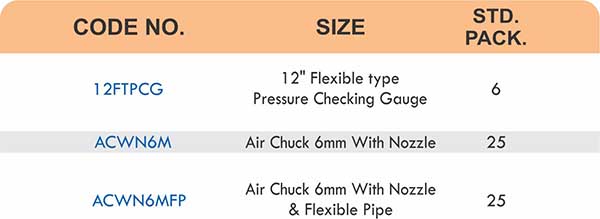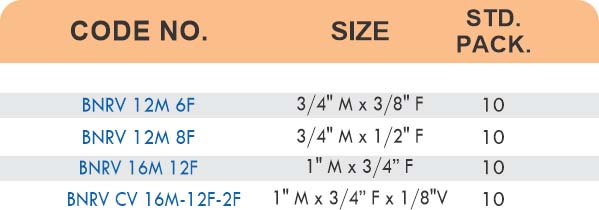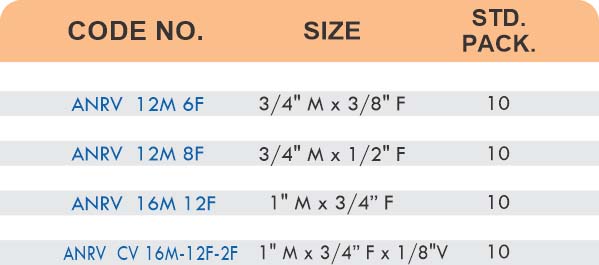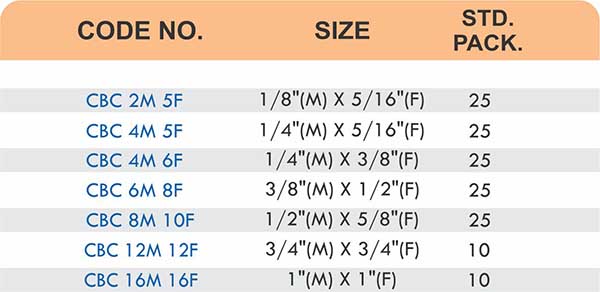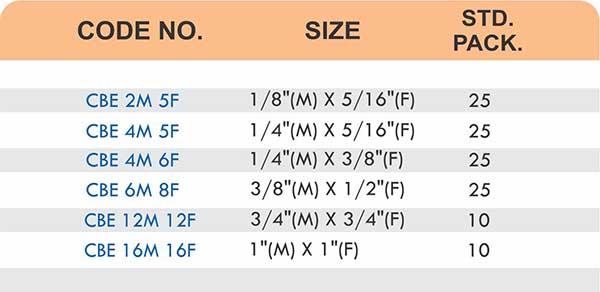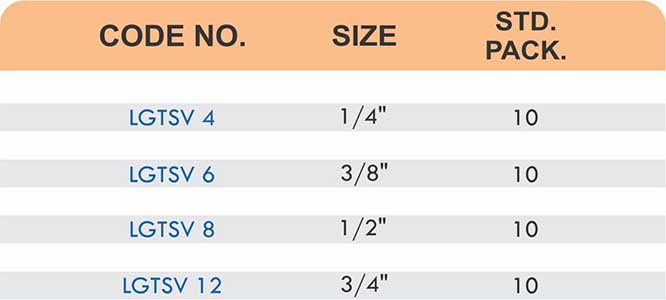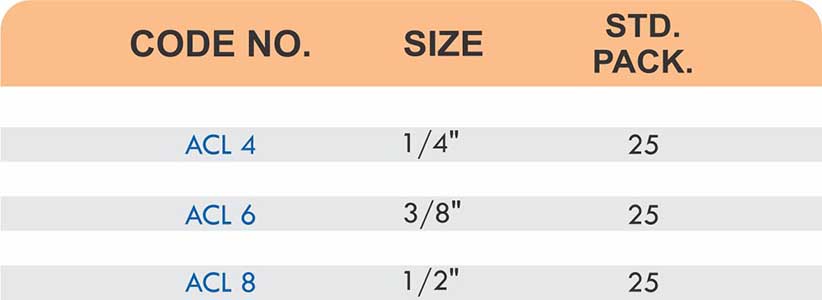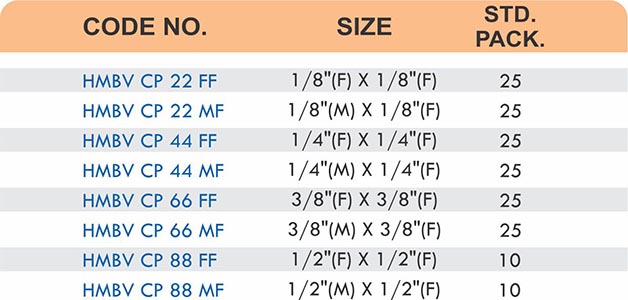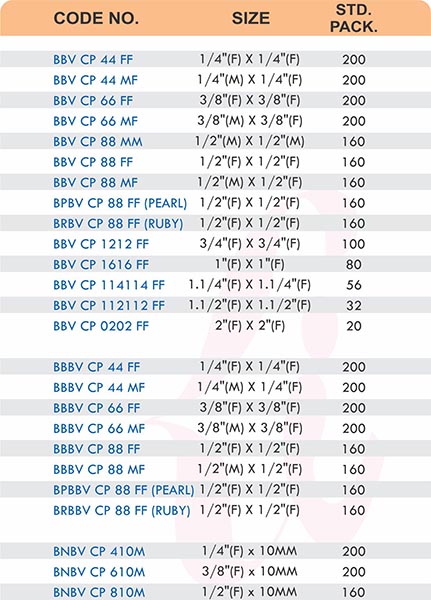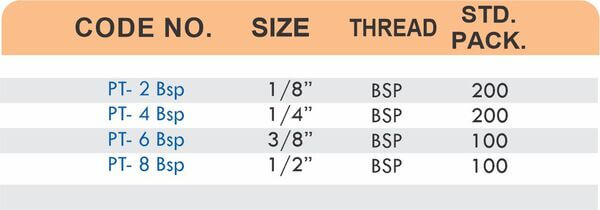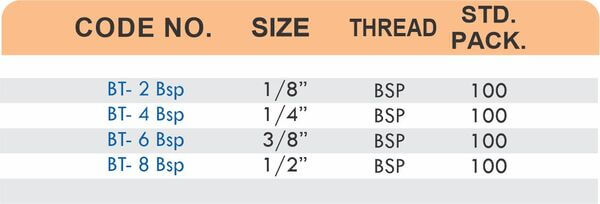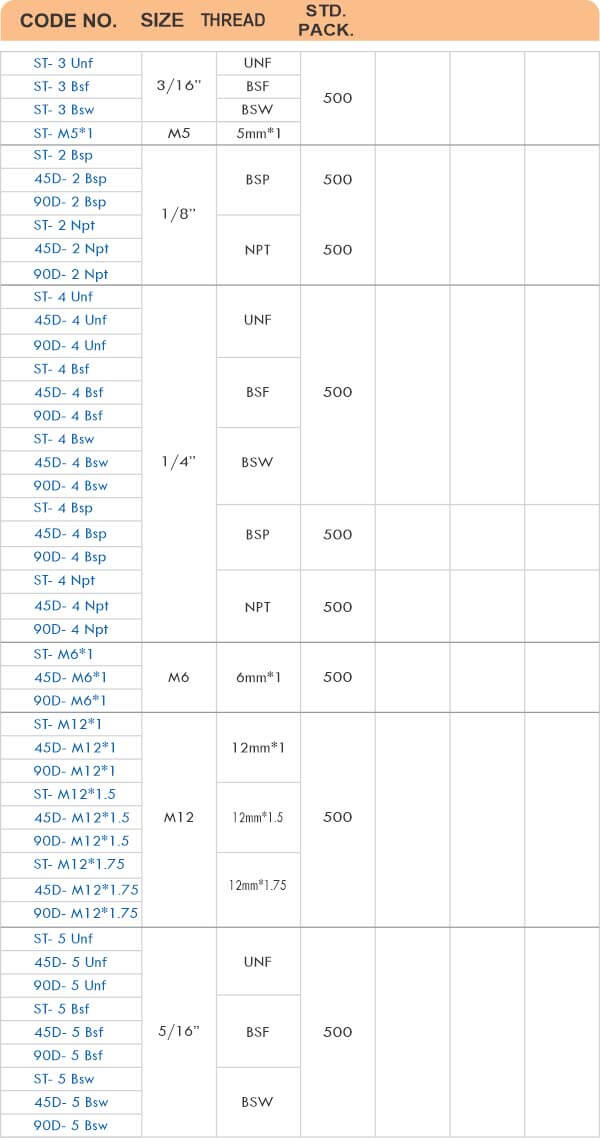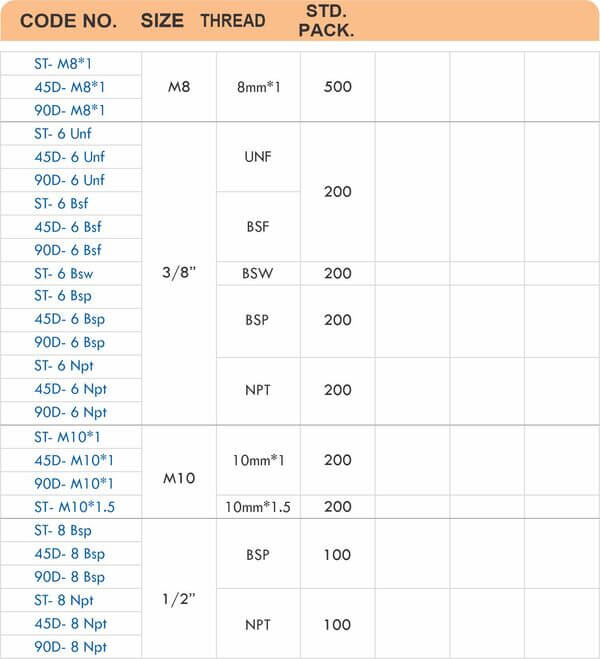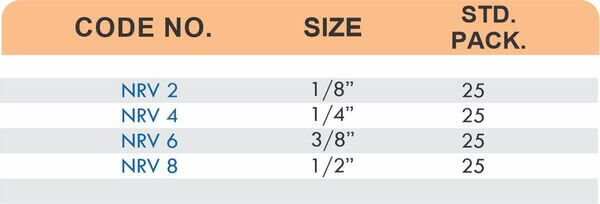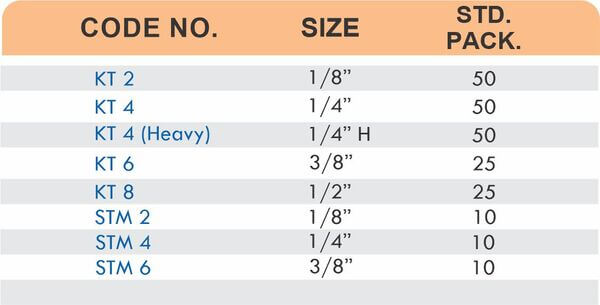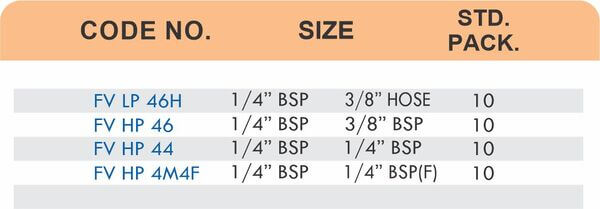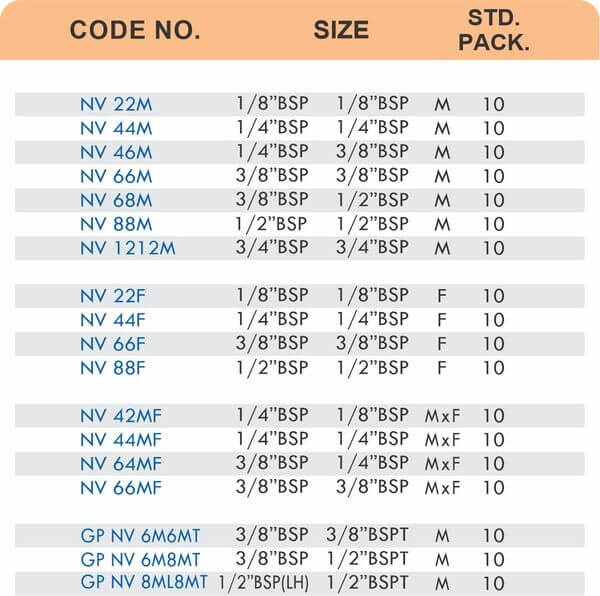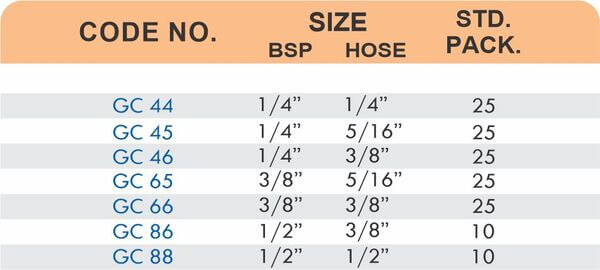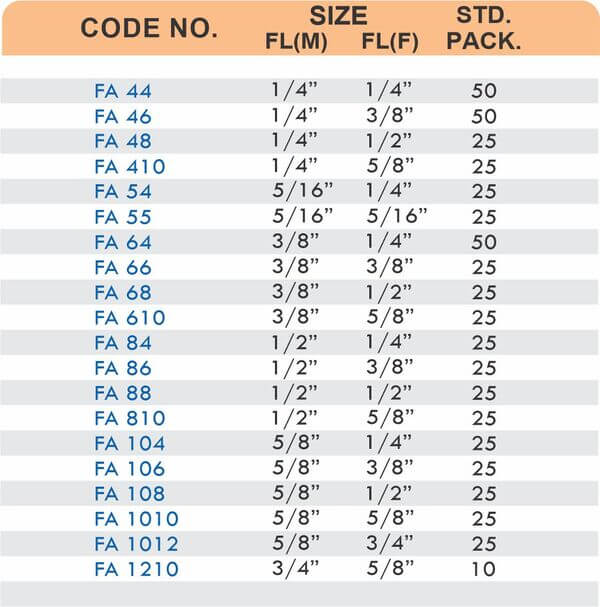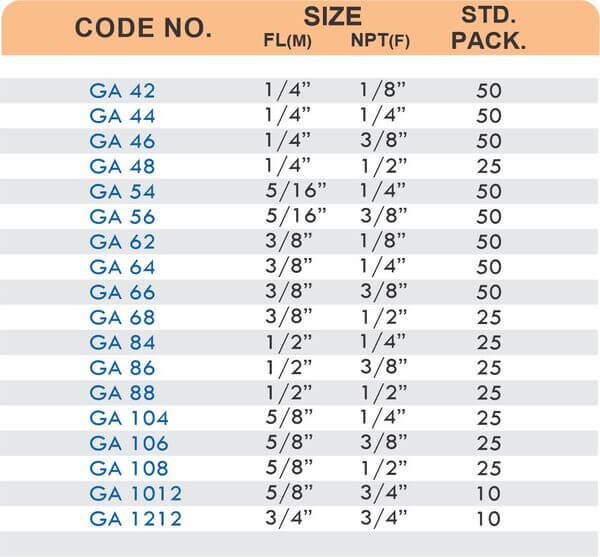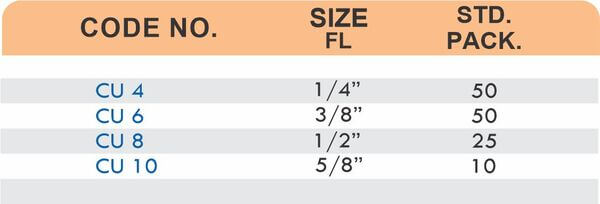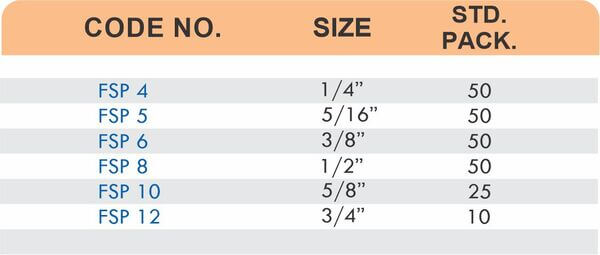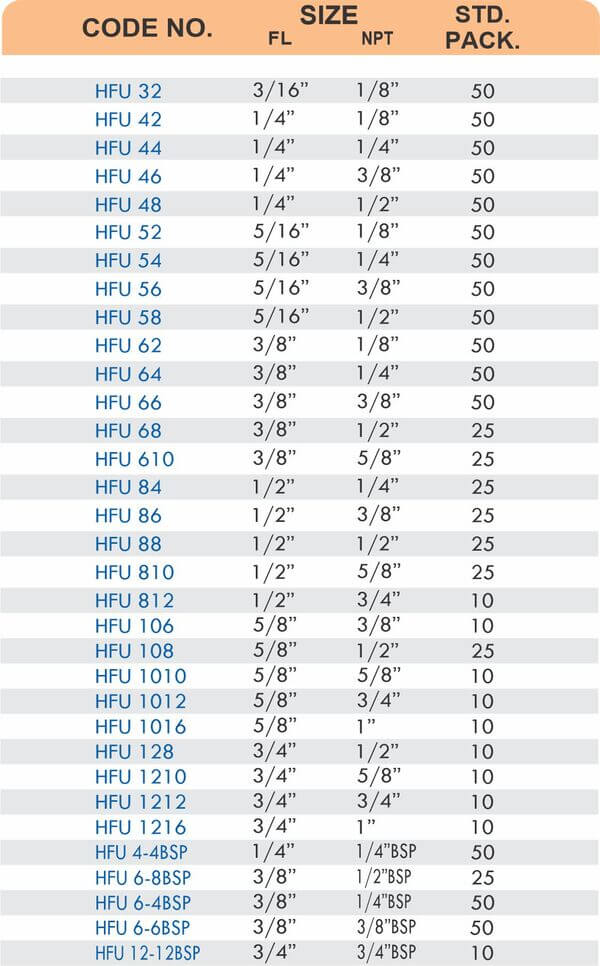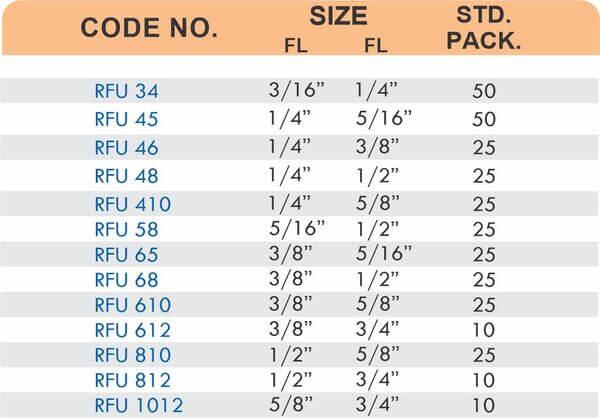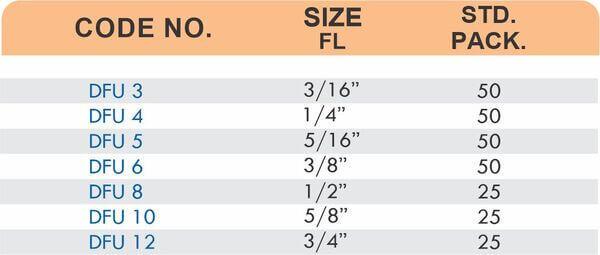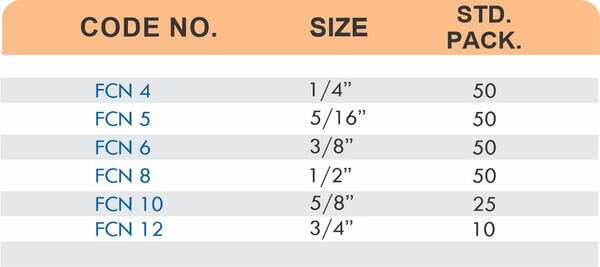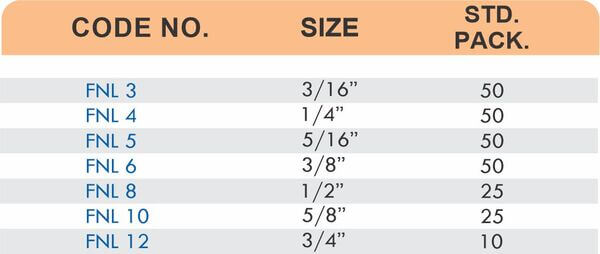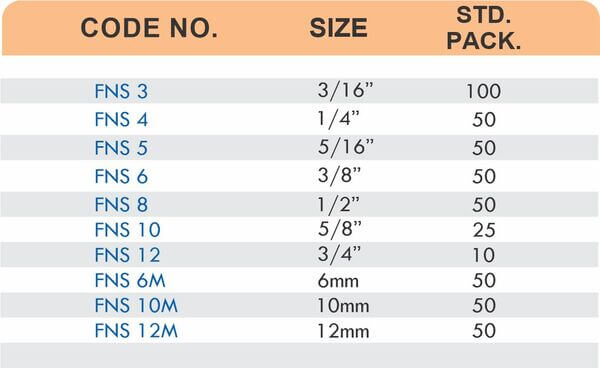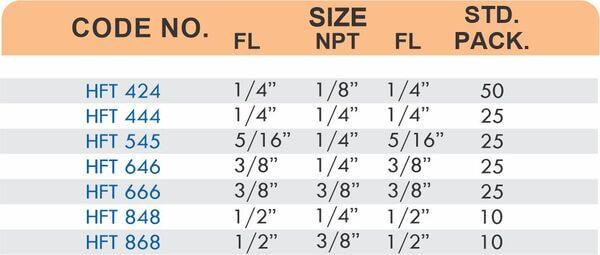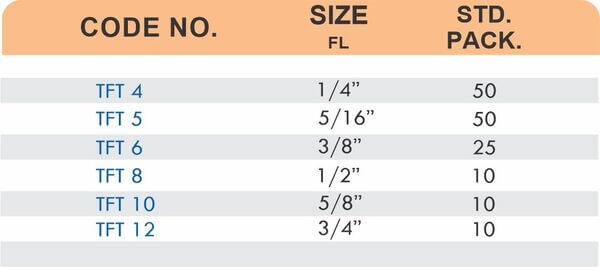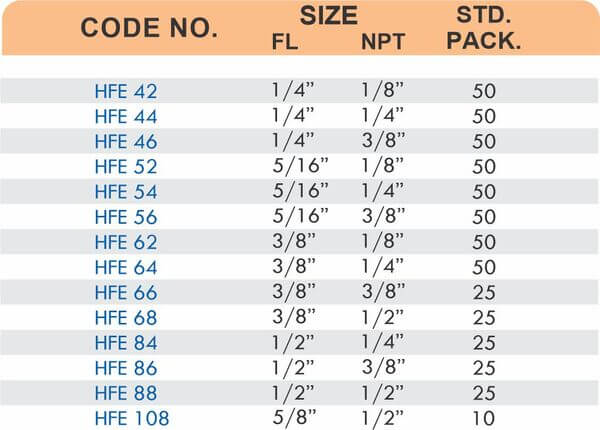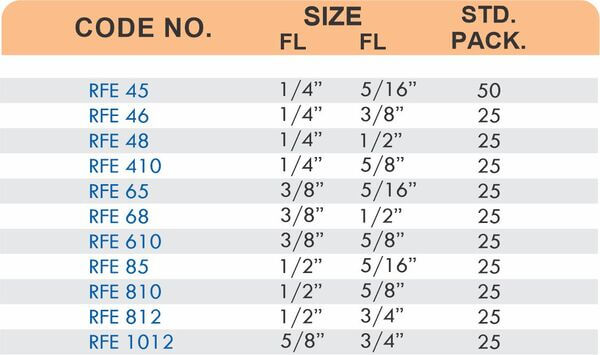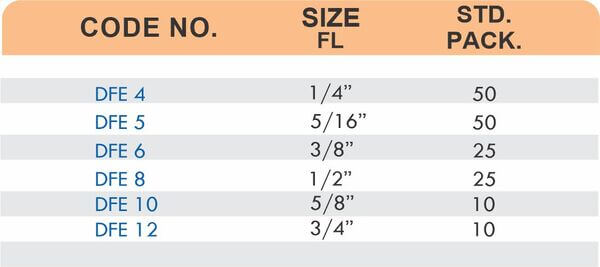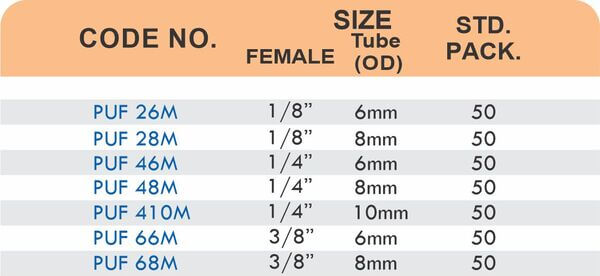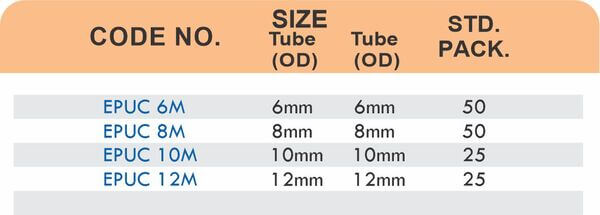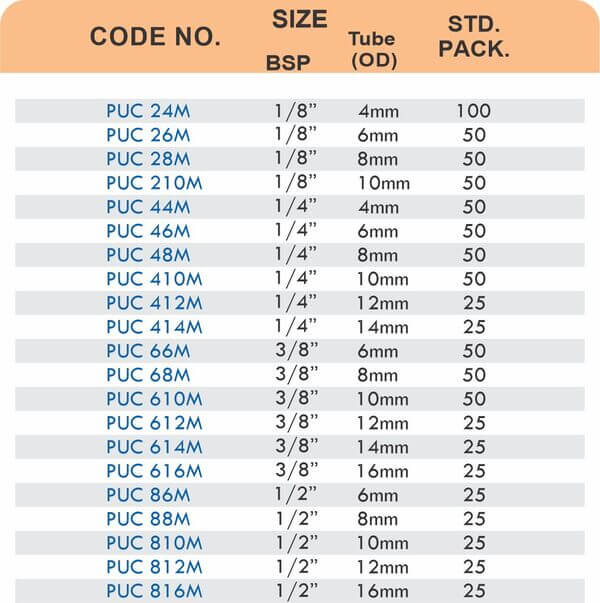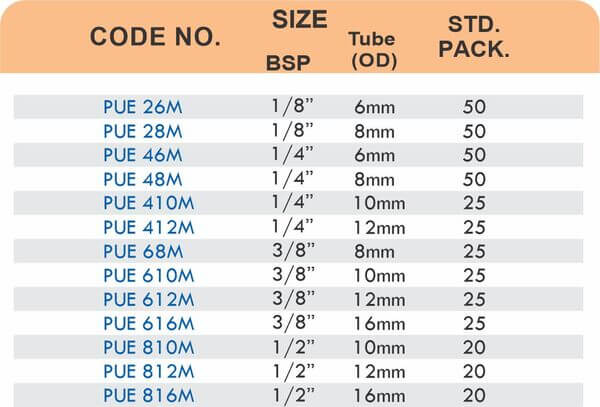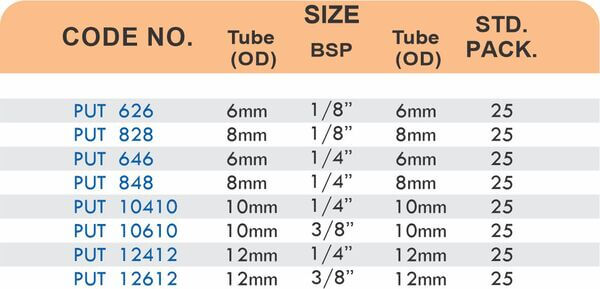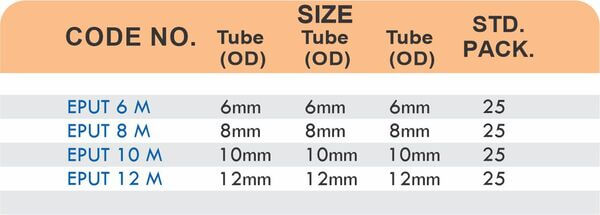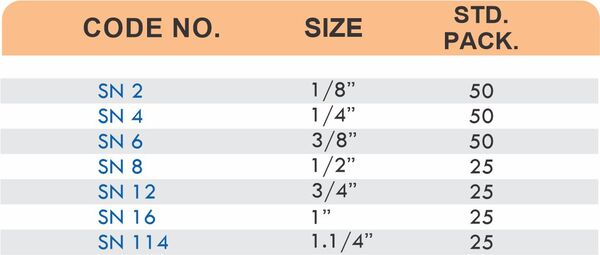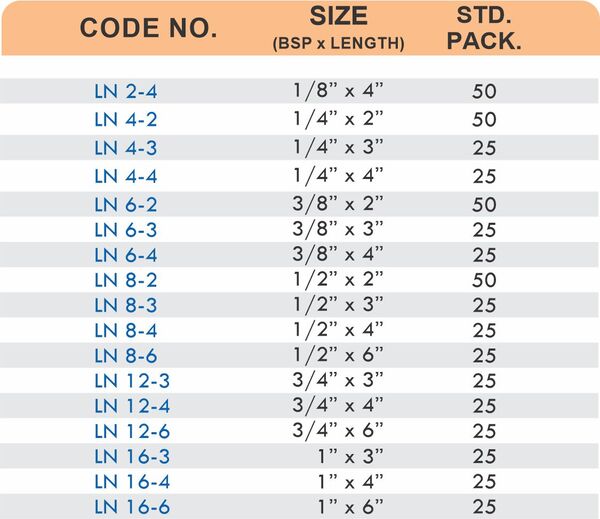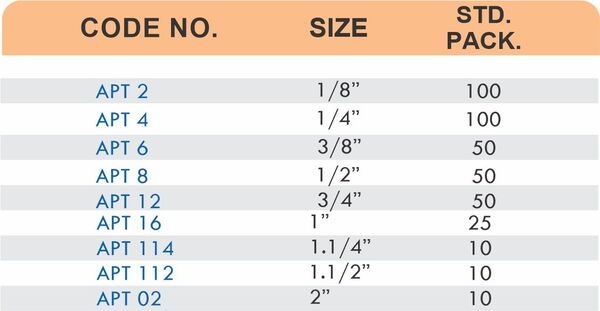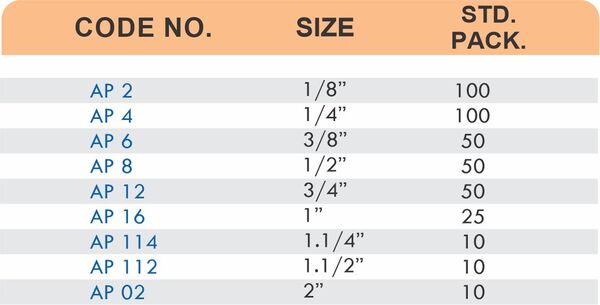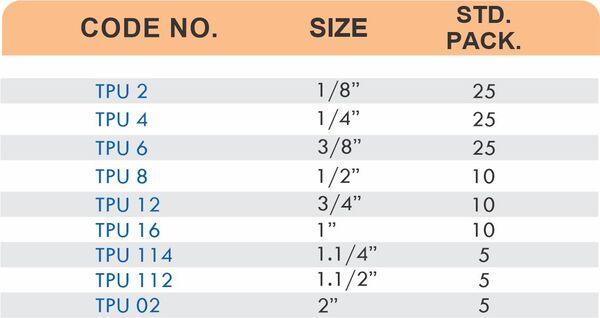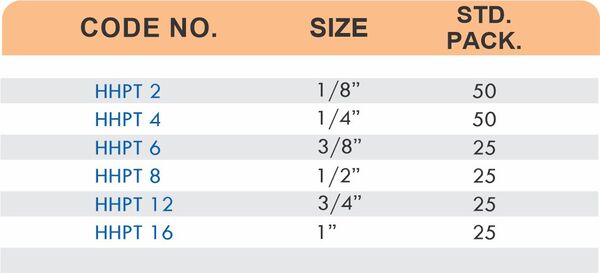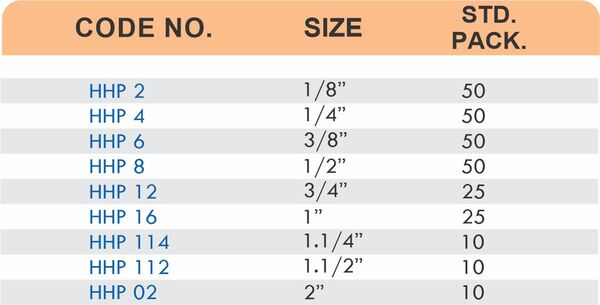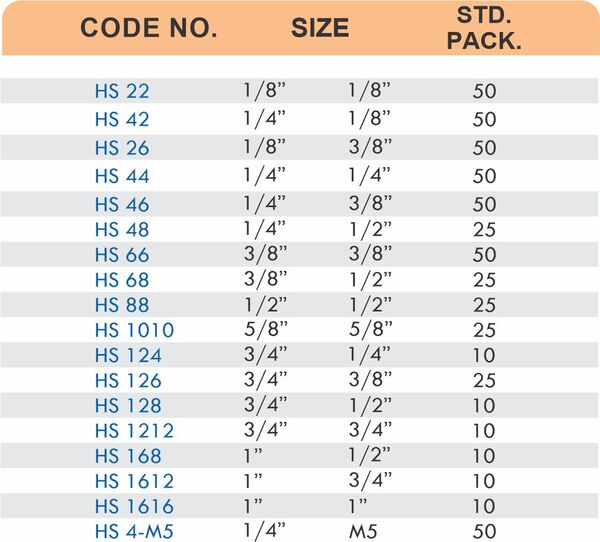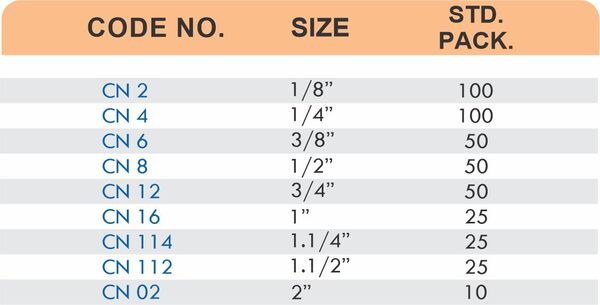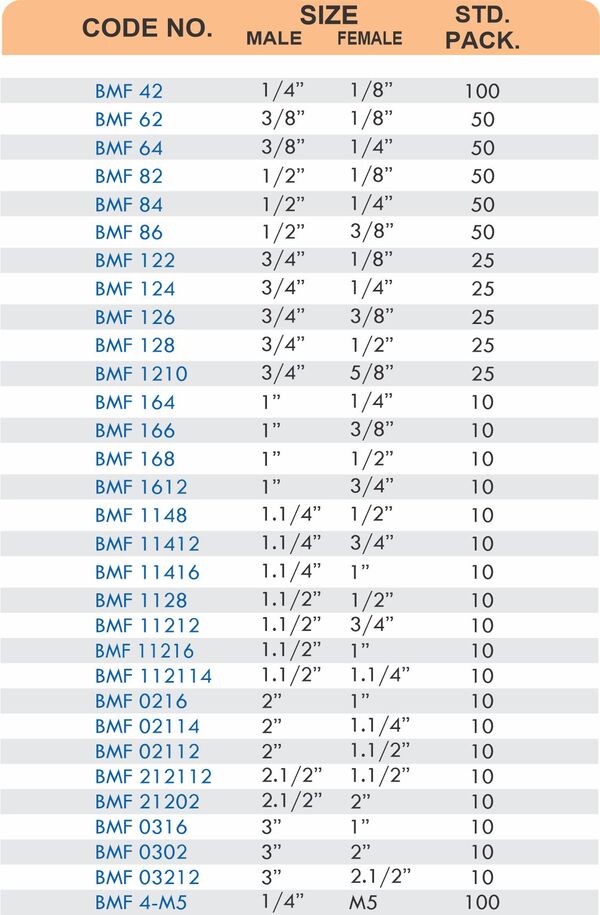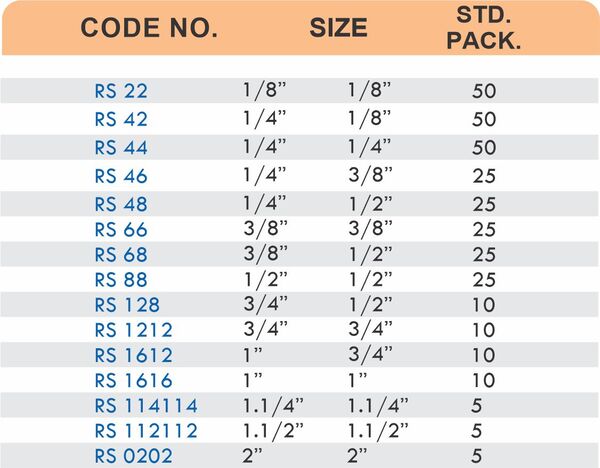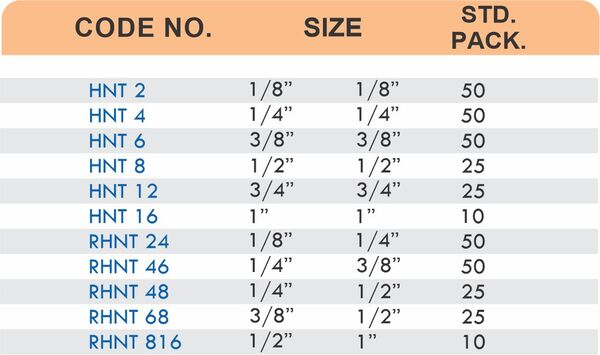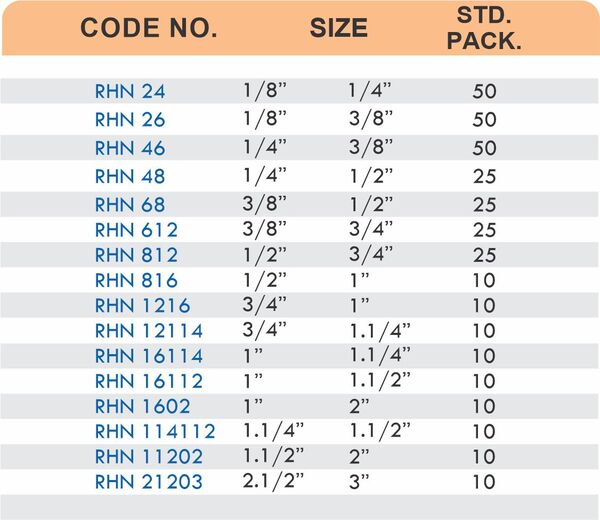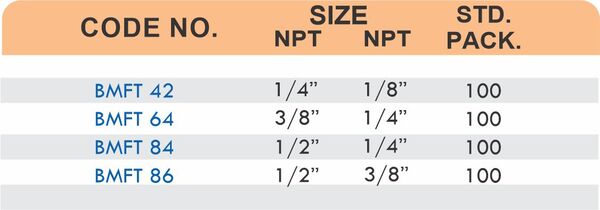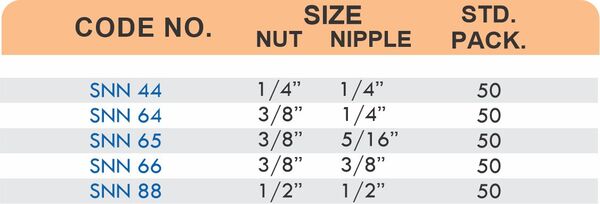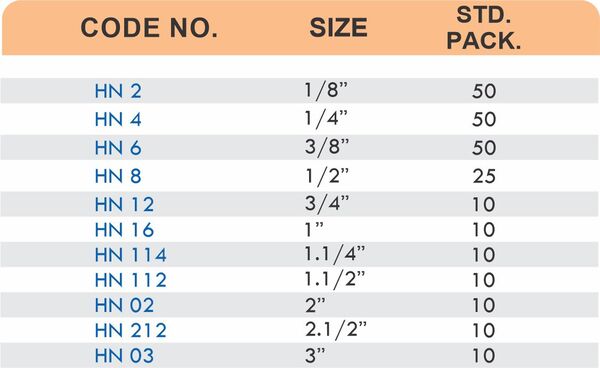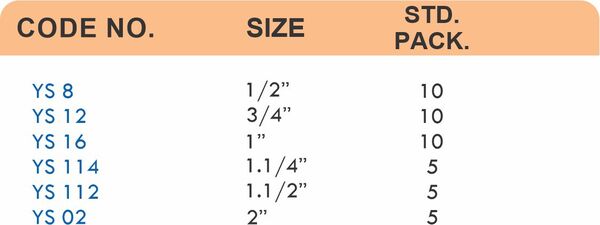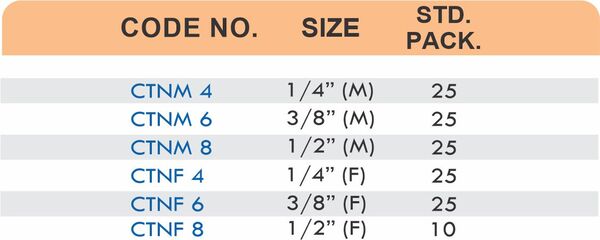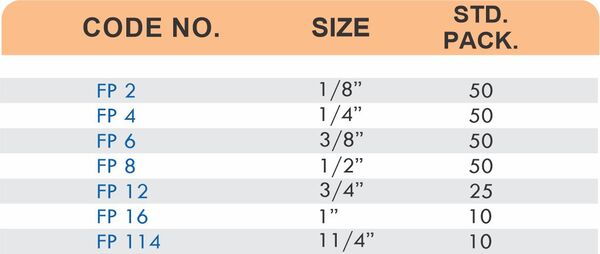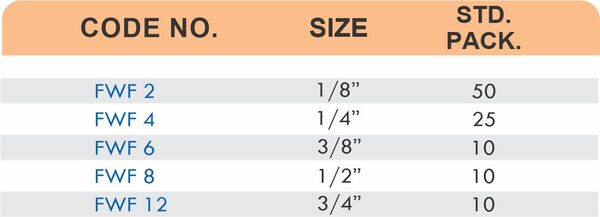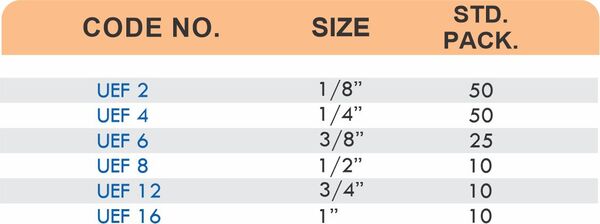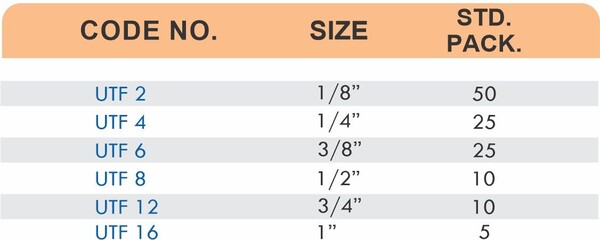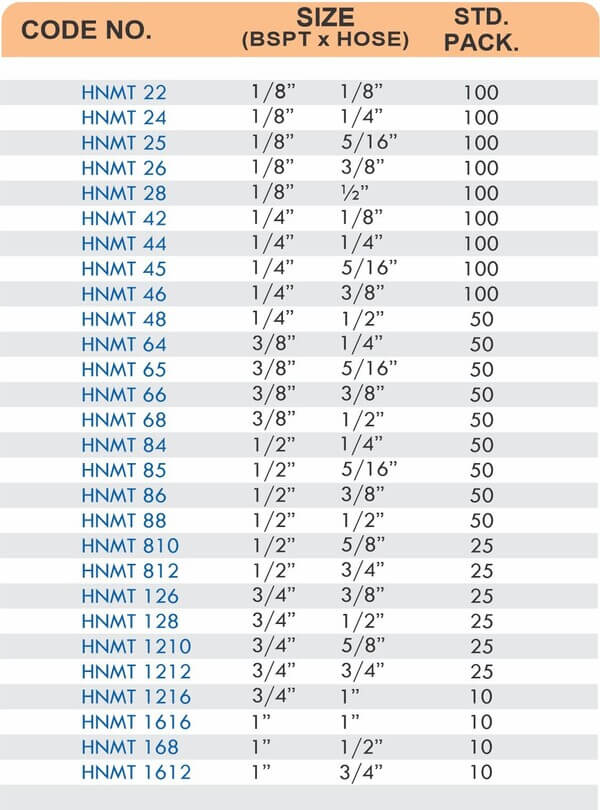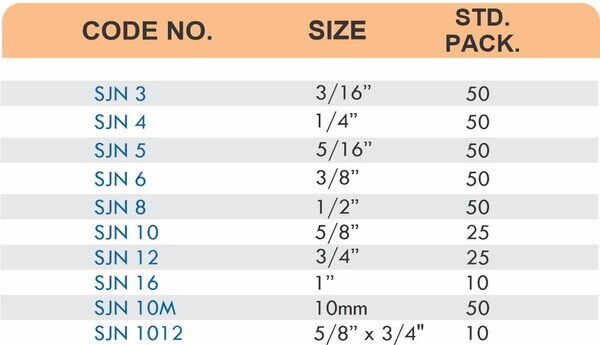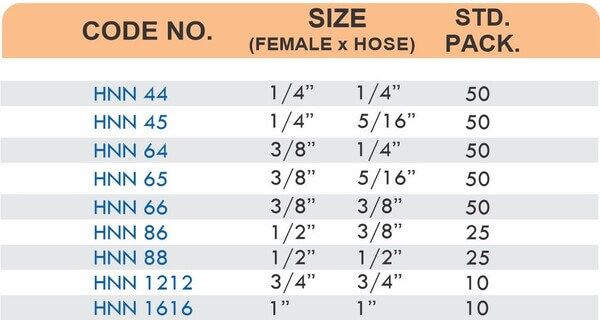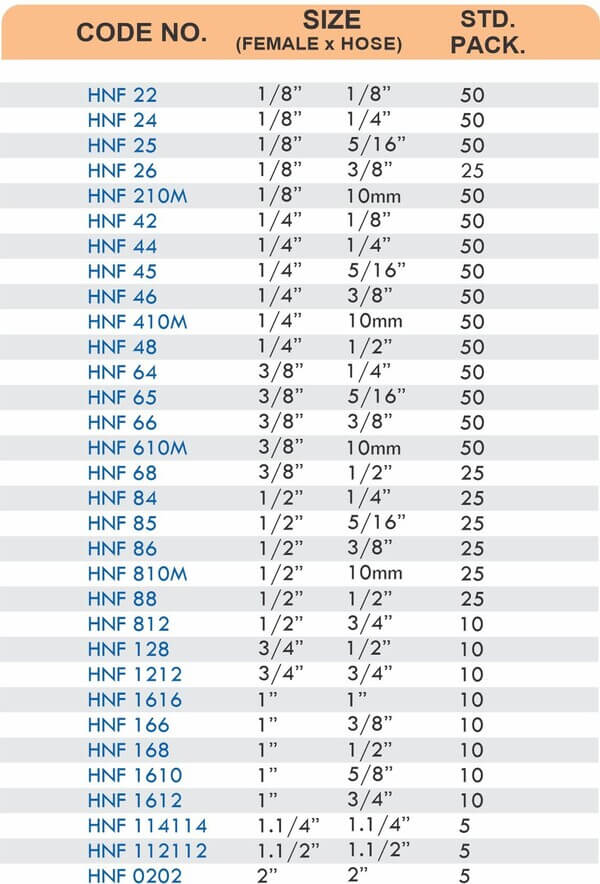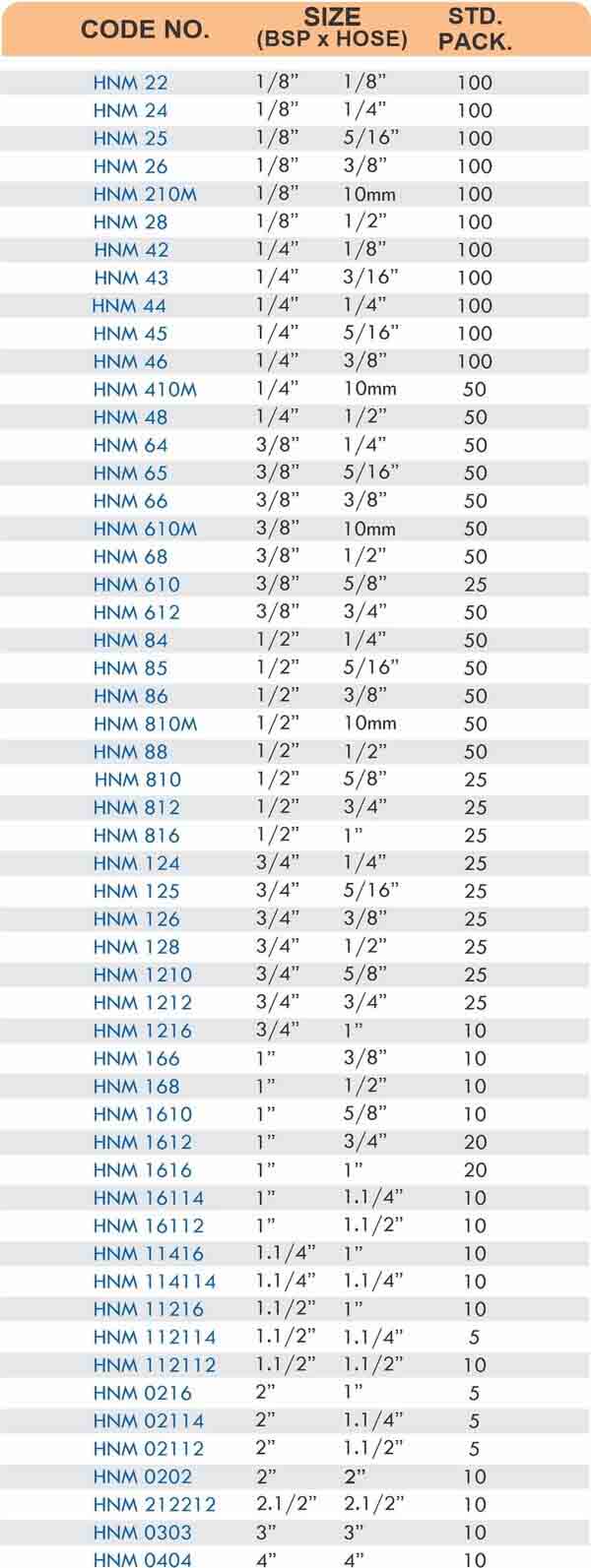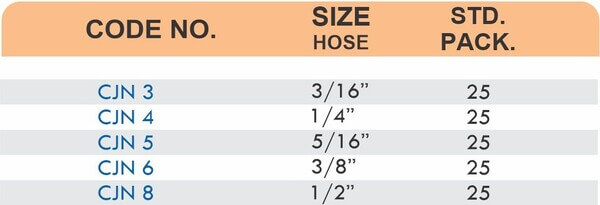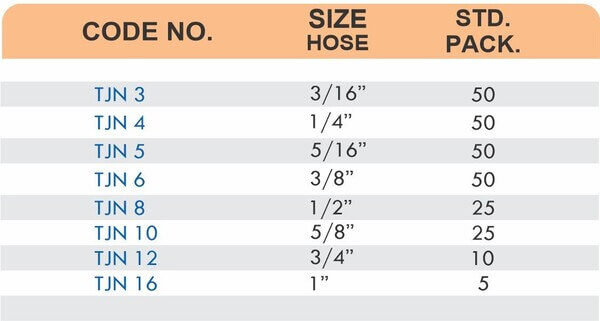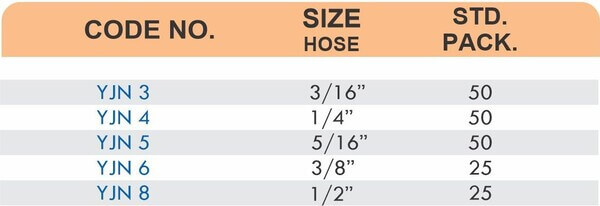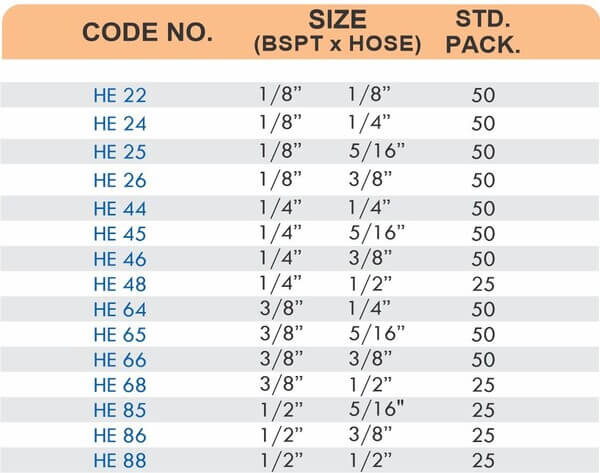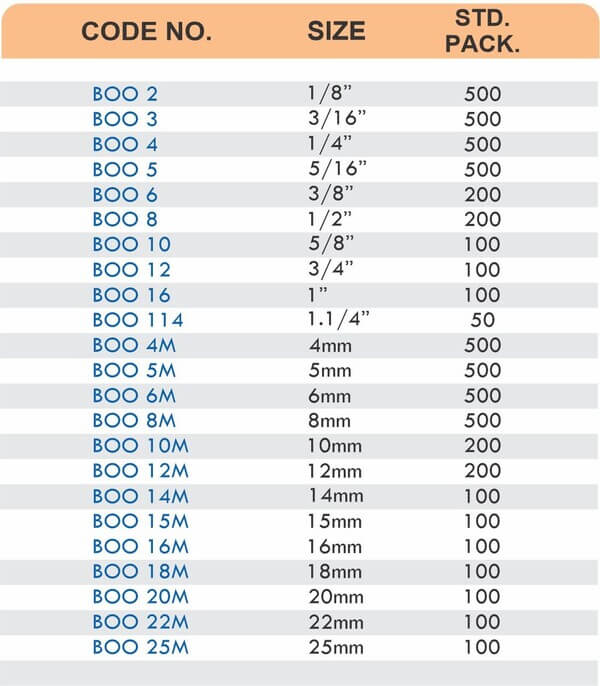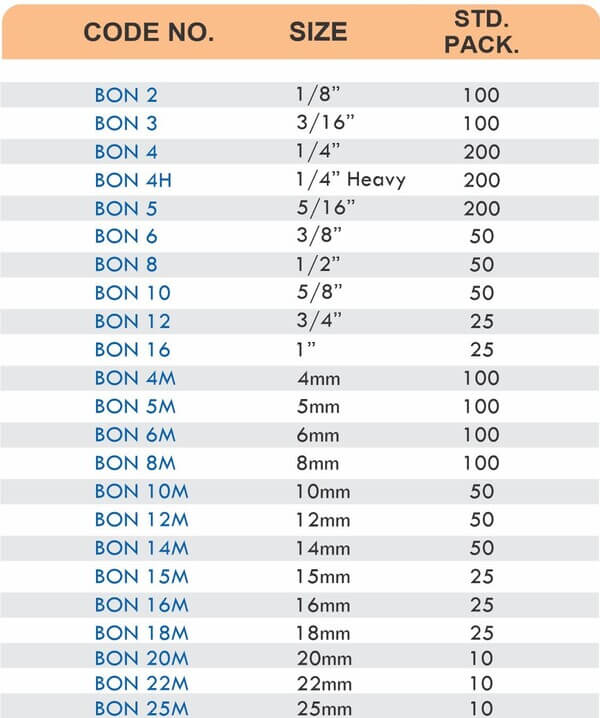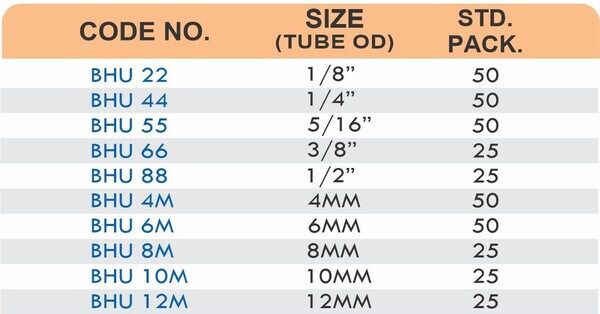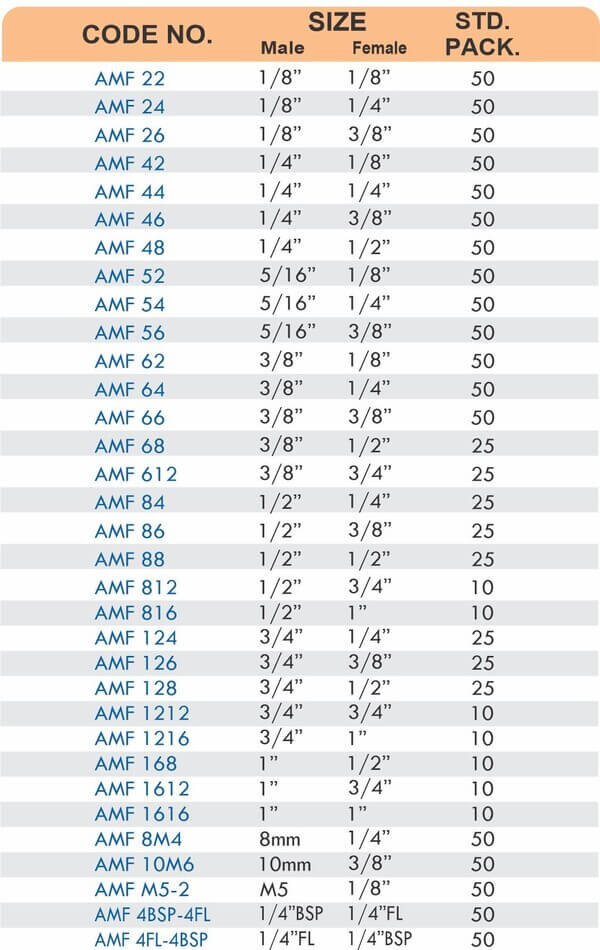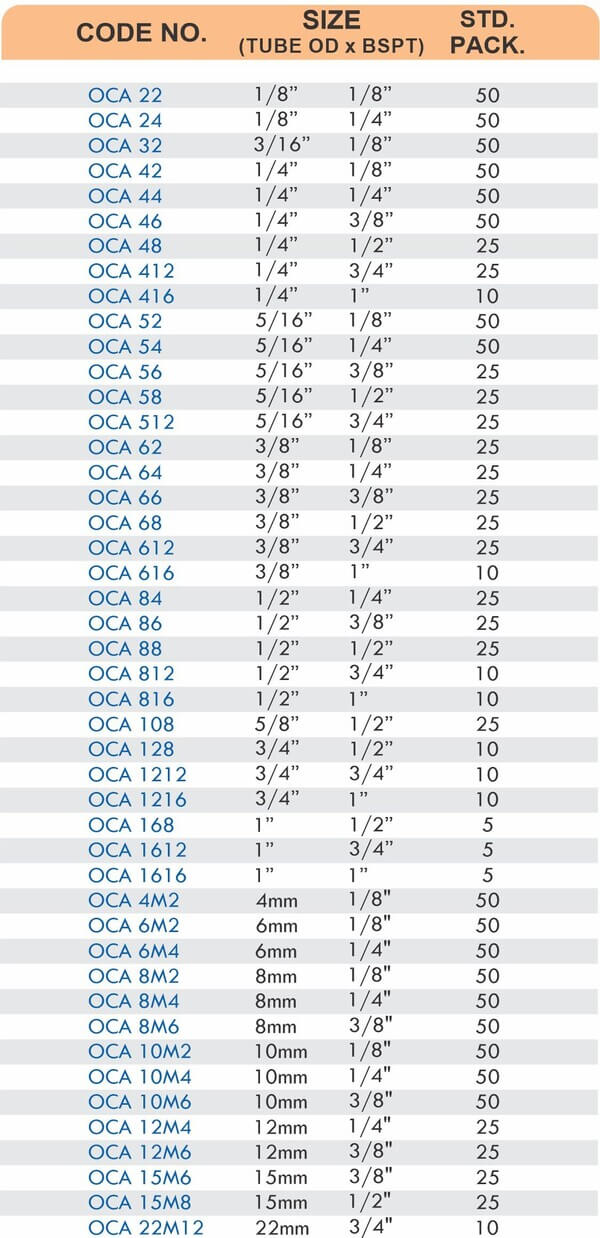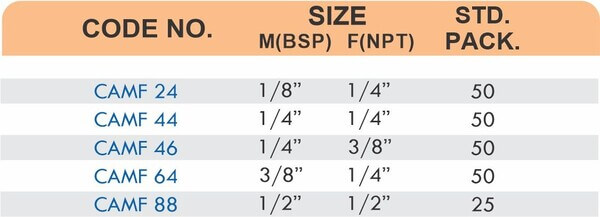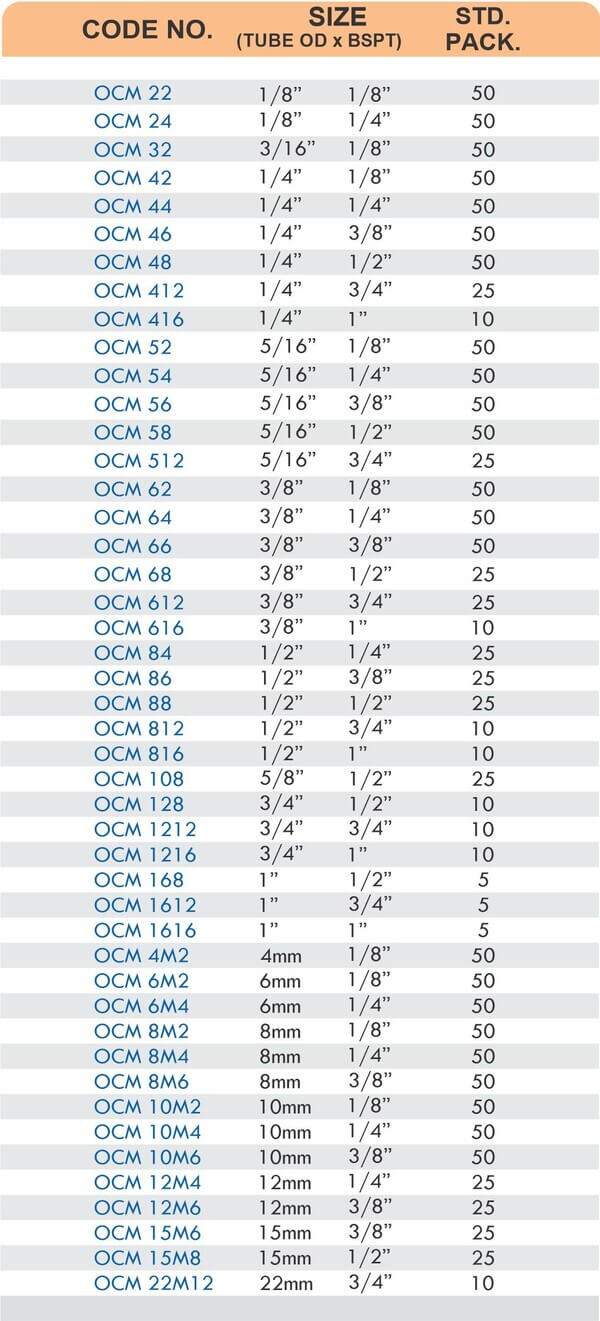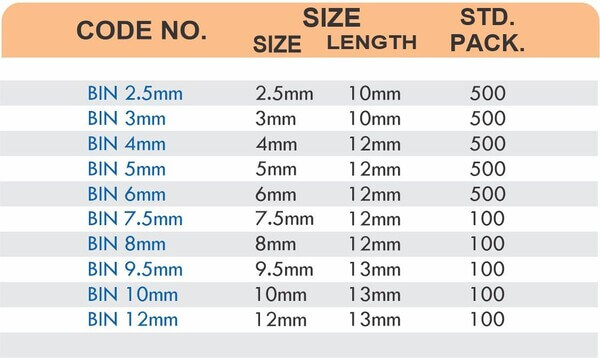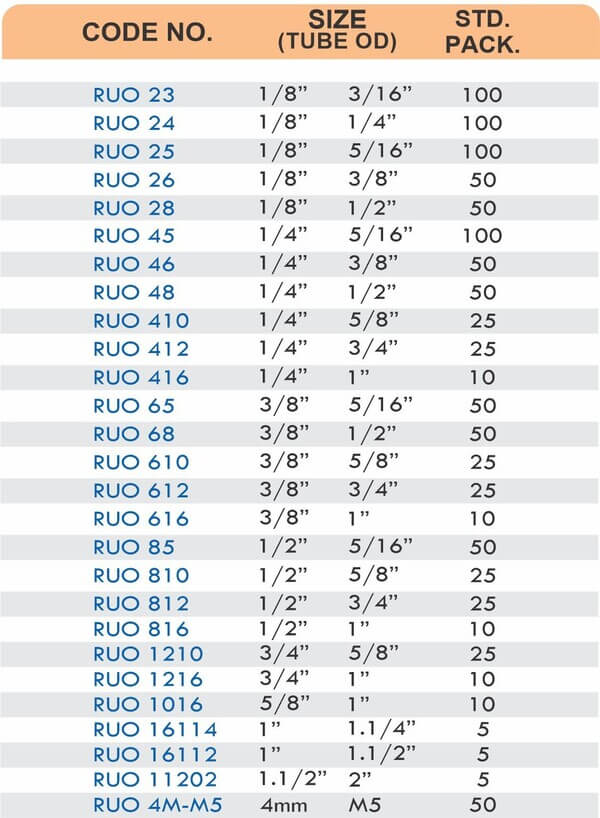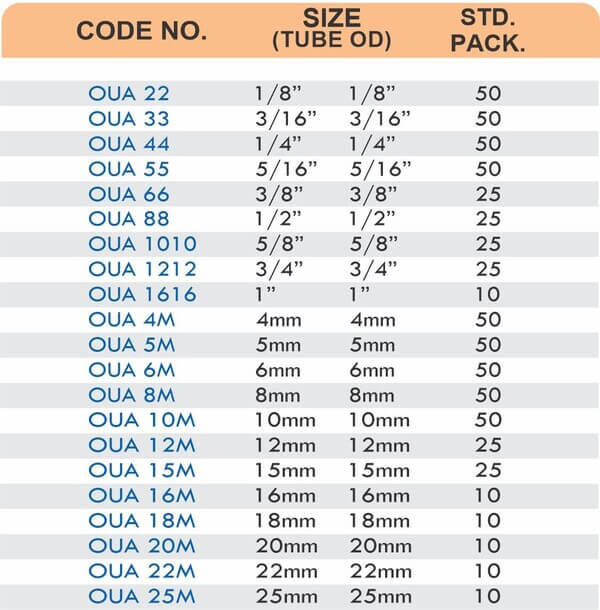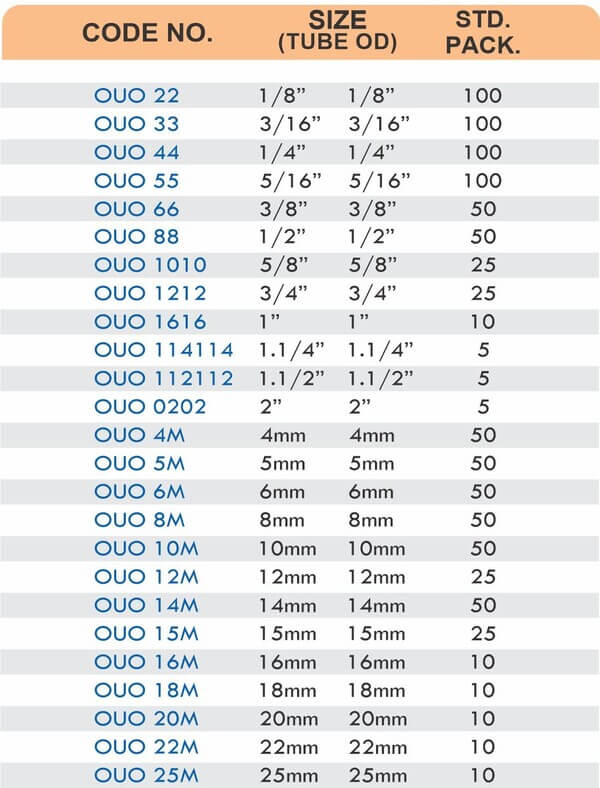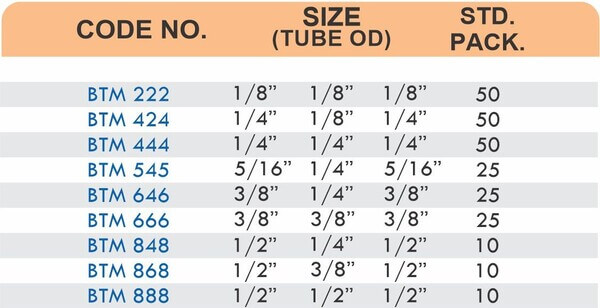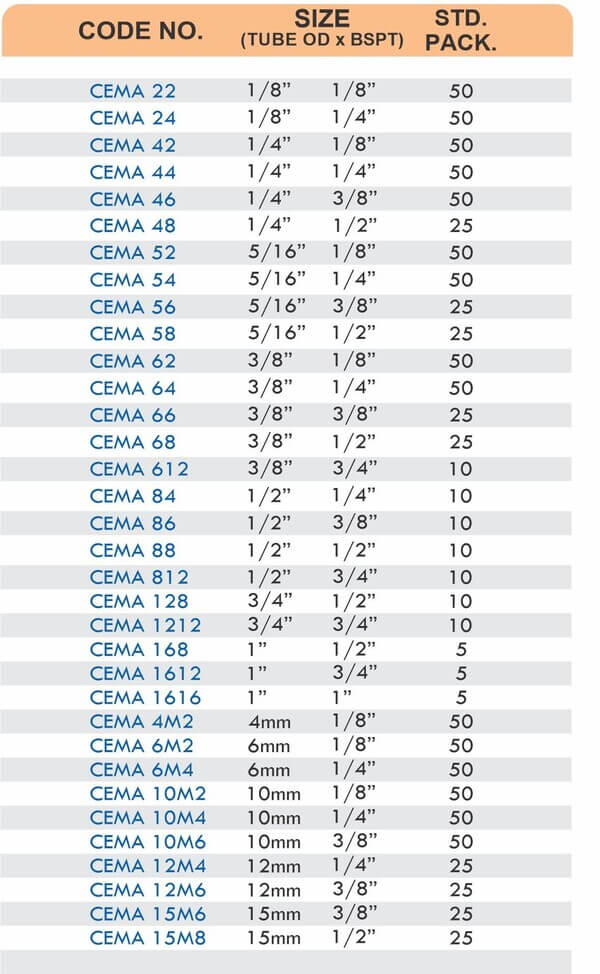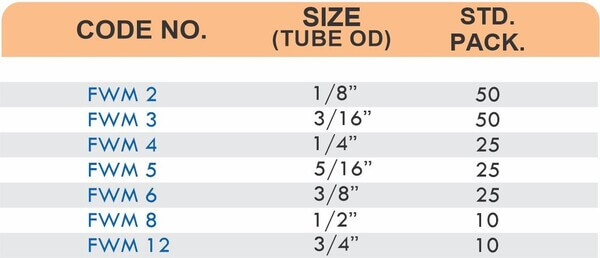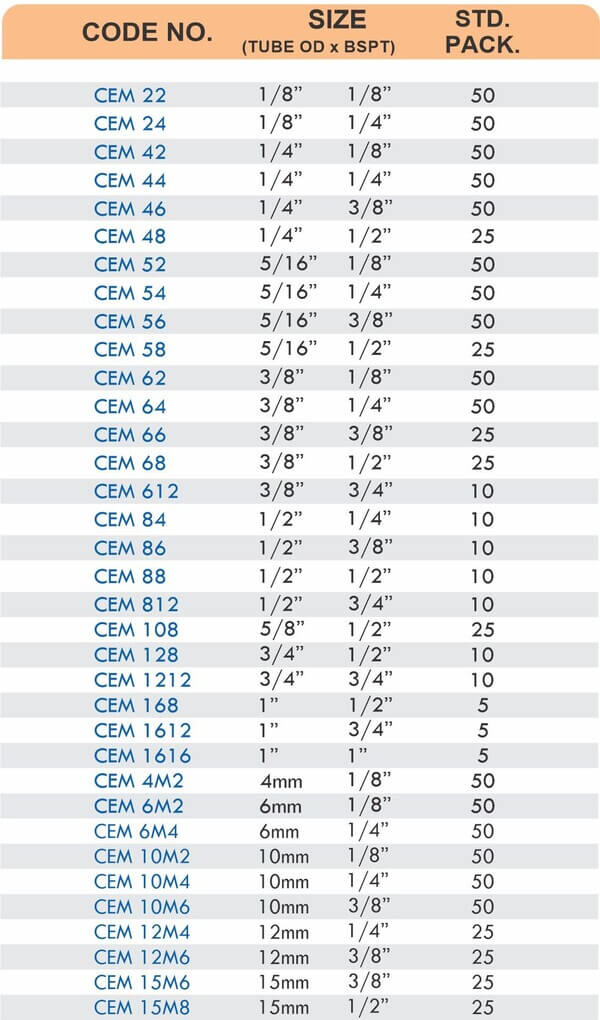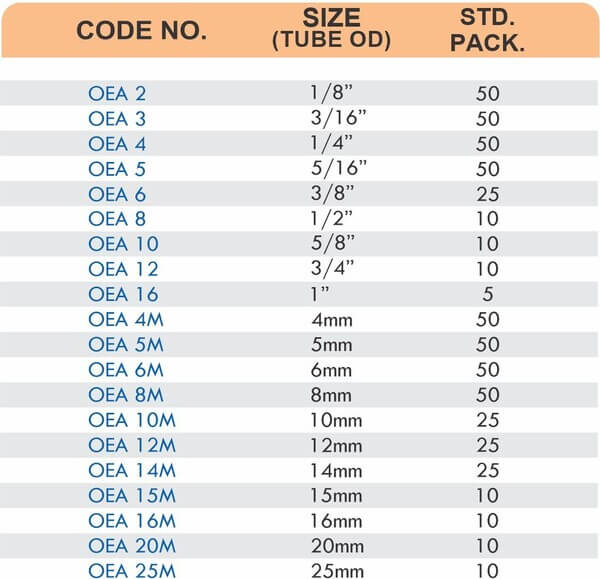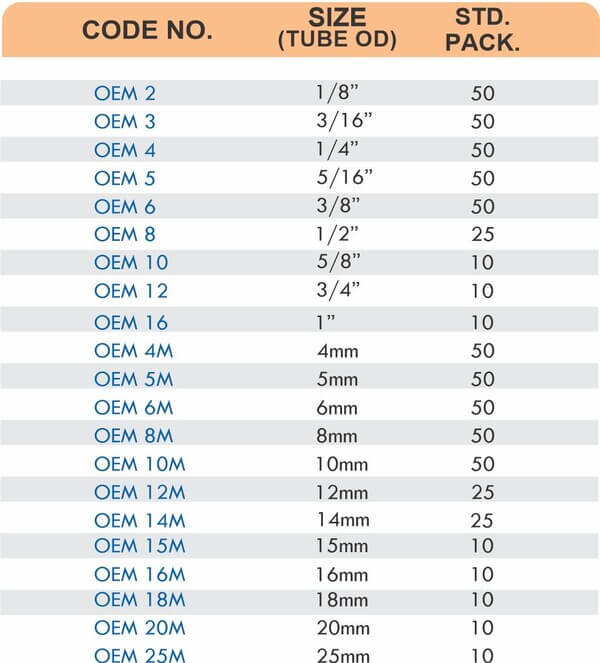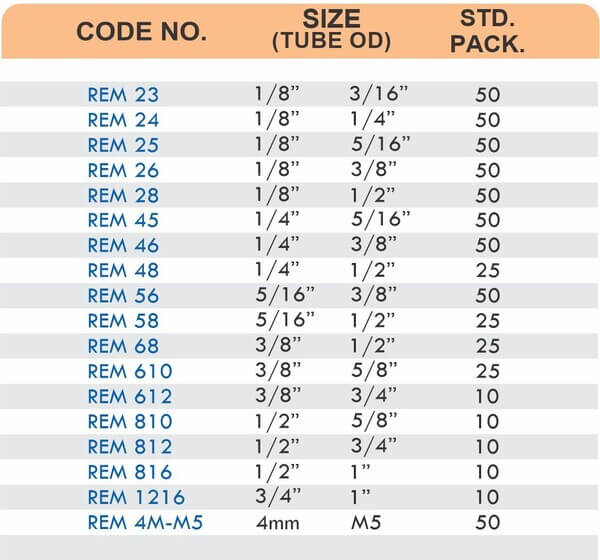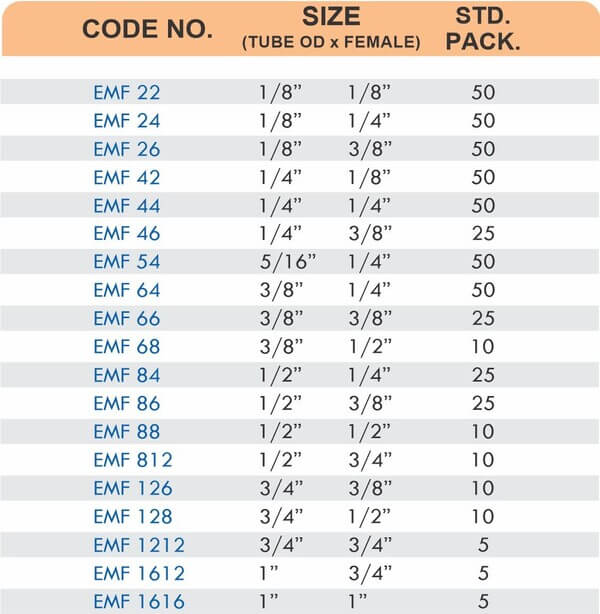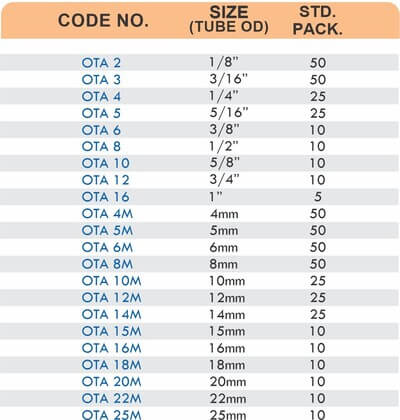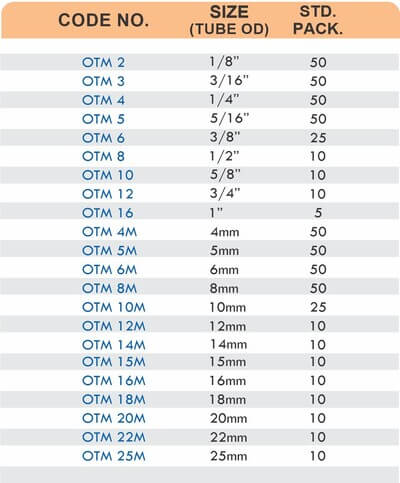
Top Brass Flare Fittings Supplier in India
Here’s the counterintuitive truth: India’s pipe fittings market generated $930.6 million in 2024 and is expected to reach $1,472.2 million by 2030, yet most procurement teams are still making supplier decisions based on price sheets and handshakes. Meanwhile, the brass market alone expands at 4.6% CAGR, driven by increasing demand from electrical, automotive, and construction industries—sectors where a single fitting failure can cascade into six-figure losses.
The smart money isn’t chasing the cheapest quotes. It’s chasing the suppliers who understand that brass flare fittings aren’t just components—they’re the critical junction points where system reliability either holds or fails spectacularly.
Why Tolerance Trumps Everything?
Brass flare fittings operate on a deceptively simple principle: mechanical compression creates the seal. But here’s where most suppliers stumble—they treat precision as a cost center rather than the core differentiator it actually is.
Consider the physics: a flare fitting’s effectiveness depends on achieving perfect 45-degree cone angles with surface finishes that create intimate metal-to-metal contact. Even microscopic variations in machining tolerances can compromise seal integrity under pressure cycling. K.K. International, established in 1981, built its reputation on expert engineering expertise and precision brass components, understanding that consistent tolerances aren’t just quality metrics—they’re the foundation of system reliability.
The data reveals why this matters: industrial systems experiencing fitting failures report 73% of incidents trace back to dimensional inconsistencies during manufacturing. Yet most procurement processes still prioritize unit cost over precision specifications.
The Materials Science
Not all brass is created equal, and this distinction separates market leaders from commodity players. The optimal brass composition for flare fittings requires specific copper-to-zinc ratios that balance machinability with corrosion resistance and mechanical strength.
The composition sweet spot:
- 60-40 brass (60% copper, 40% zinc) offers superior machinability for precision threading
- 70-30 brass provides enhanced corrosion resistance for harsh environments
- Lead additions (typically 2-3%) improve machinability but require careful environmental compliance
Smart suppliers don’t just source brass—they engineer alloy specifications for specific applications. Leading manufacturers like Instrumxx Industries design fittings to provide reliable and leak-free connections between brass tubing sections, but the real differentiator lies in metallurgical precision.
The Export Excellence Indicator
Here’s a market intelligence insight most miss: the suppliers dominating India’s domestic brass fittings market aren’t necessarily the ones you want. The real quality indicators emerge from export performance data.
Skyland Metal has built distribution networks across more than 15 countries globally, including Malaysia, Thailand, and Dubai—a track record that demands meeting international quality standards consistently. Export success signals manufacturing capabilities that exceed domestic market requirements.
The export market serves as an automatic quality filter. European and North American buyers won’t accept dimensional variations that Indian markets might tolerate. When suppliers maintain long-term export relationships, they’re demonstrating manufacturing discipline that translates directly to domestic customer value.
The Manufacturing Depth Advantage
Surface-level supplier evaluation focuses on catalog completeness and delivery timelines. Strategic evaluation examines manufacturing depth—the integrated capabilities that determine whether a supplier can adapt to evolving requirements or merely fulfill existing specifications.
Manufacturing depth indicators:
- In-house machining capabilities versus subcontractor dependence
- Tool and die fabrication for custom specifications
- Quality control systems with statistical process control
- Metallurgical testing capabilities for material verification
Atlas Metal Industries represents 22 years of quality and devotion in both Indian and international markets, but longevity alone doesn’t guarantee manufacturing sophistication. The critical question: can the supplier engineer solutions or only execute specifications?
The Quality Certification Maze
ISO certifications have become table stakes, but smart buyers look beyond certificates to actual quality systems implementation. The brass fittings market is littered with suppliers displaying impressive certificate walls while delivering inconsistent products.
Quality intelligence focus areas:
- Statistical process control implementation versus documentation
- Traceability systems for material batch tracking
- Customer complaint resolution protocols and response times
- Continuous improvement metrics and actual performance data
The suppliers worth partnering with treat quality certifications as minimum baselines, not marketing advantages. They invest in quality systems that exceed certification requirements because they understand that customer retention depends on consistent performance, not paperwork compliance.
The Digital Transformation Differential
Industry 4.0 is becoming the operational dividing line between suppliers who can scale with customer growth and those who hit capacity constraints.
Modern brass fittings manufacturers are implementing
- CNC machining centers with lights-out operation capabilities
- Digital quality control systems with real-time monitoring
- Inventory management systems with customer portal integration
- Predictive maintenance protocols to minimize production interruptions
The suppliers making these investments aren’t just improving current operations—they’re positioning for the next decade of market evolution. With the pipe fittings market expected to grow at 7.9% CAGR through 2030, manufacturing scalability becomes a competitive advantage.
The Strategic Supplier Selection Framework
The brass flare fittings market demands a supplier evaluation approach that goes beyond traditional procurement metrics. Smart buyers are implementing multi-dimensional assessment frameworks that weigh technical capabilities, manufacturing depth, and strategic alignment.
The evaluation matrix:
- Technical competency (40%): Engineering capabilities and precision manufacturing
- Quality systems (25%): Actual implementation versus certification display
- Supply chain resilience (20%): Raw material sourcing and inventory management
- Innovation capacity (15%): R&D investment and custom solution development
K.K. International’s positioning as a dependable manufacturer, exporter, and broker of precision brass components illustrates the integrated approach that modern markets demand. Single-function suppliers are becoming obsolete as customers seek partners capable of comprehensive solution delivery.
The Market Reality: Beyond the Commodity Trap
The brass flare fittings market is experiencing a fundamental shift from commodity competition to value-based differentiation. With the pipes and fittings market reaching $659.7 million in 2024 and expected to reach $906.2 million by 2033, the growth opportunity belongs to suppliers who can demonstrate measurable value beyond unit cost.
Smart procurement teams are recognizing that the total cost of ownership includes failure rates, maintenance requirements, and system downtime costs. The suppliers who understand this equation aren’t just selling fittings—they’re selling system reliability.
The market intelligence is clear: the brass flare fittings suppliers who will dominate the next decade aren’t the ones competing on price. They’re the ones competing on precision, reliability, and the engineering expertise that turns commodity components into system-critical solutions.
The bottom line: In a market where a single fitting failure can trigger cascading system problems, the cost of choosing the wrong supplier far exceeds the savings from choosing the cheapest one. The smart money is on suppliers who understand that brass flare fittings aren’t just components—they’re the critical junction points where engineering excellence either delivers or fails spectacularly.

